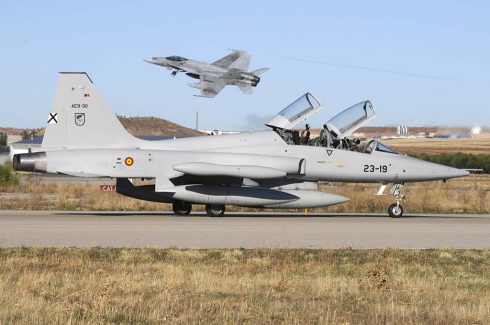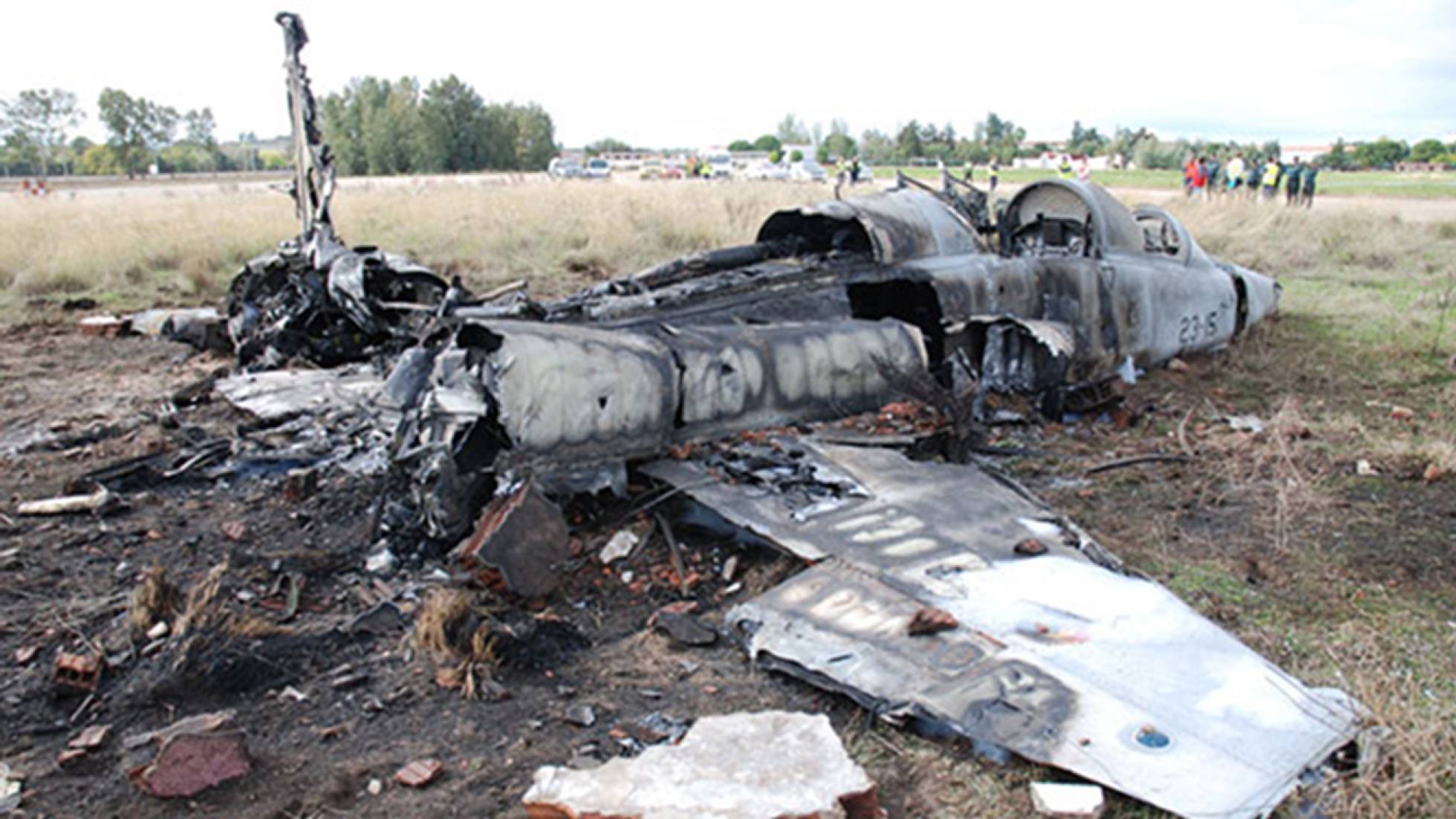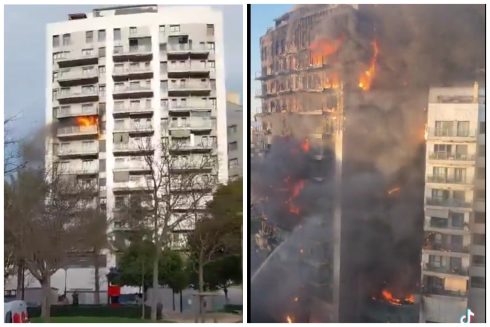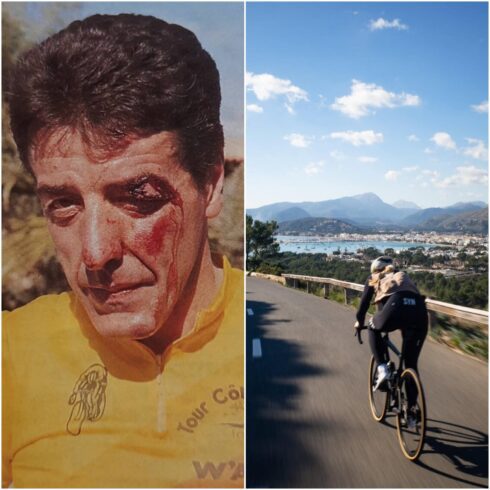A JUDGE has summoned eight air force personnel to answer for the catalogue of errors that led to the death of a veteran instructor back in 2012.
The accident occurred on November 2 2012 near the Talavera la Real air base near Badajoz, Madrid.
After suffering engine issues, an American F-5 training jet, built under license in Spain by CASA, crashed performing an emergency landing and bursting into flames.
Since the accident, details revealed a list of mistakes and inconsistences that plighted the entire event, from prior maintenance to the rescue procedure.
The case, on hold since May 2019, has been rejuvenated in a Madrid court with eight high ranking officials, (two colonels, three lieutenant colonels, two commanders and a lieutenant) being summoned for questioning.
The events took place during a training flight from the Talavera air base, when an experienced commander Angel Alvarez Raigada and student lieutenant Sergio Santamaria de Felipe too flight in their F-5 jet.

At some point during the flight the aircraft experienced a mechanical failure in one of the engines.
The two seat jet then circled for a total of 17 minutes and 56 seconds before deciding to attempt an emergency landing.
However the impact upon landing caused the aircraft to explode in a ball of flames, ripping off the rear section and destroying large parts of the wings, finally coming to a stop in the catch fencing at the end of the runway.
One of the most shocking parts of the scenario came during the rescue mission of the stricken plane.
According to reports, as the aircraft burnt, the student ejected relatively soon after impact, landing on the ground and suffering serious injuries.
The commander remained in the aircraft until emergency services arrived and attempted to rescue him. accidentally activating his ejection device and firing him into a nearby fire engine, killing him instantly.
The calamity of the rescue operation was the icing on the cake of what appeared to be a doomed flight from the start.
It soon emerged that the aircraft involved in the incident had suffered fatigue in one of the engine turbine rotor discs back in 2009, but the wear, although reported, was not acted upon by aircraft maintenance, leading to the catastrophic failure three years later.
According to the report, the workshop manager failed to replace the part, despite it being deemed as unsafe and it exceeding the operational life of such a component.
The manager’s superior absolved himself of blame, claiming that he had no control over the actions of his staff.
As the part finally failed during flight, the entre emergency was recorded due to it being a training mission, with the pilot and the control tower having constant contact during the nearly 18 minutes it unfolded.
Experts claim that if the pilot had ejected whilst in flight and not attempted the landing, the outcome would have been considerably different a point that was at no stage discussed during the 18 minute conversation.
Finally, Commander Raigada had been out of action for months prior to the fateful day with a kidney infection, losing his qualification as an F-5 pilot.
In order to return to fly the aircraft, he would have to sit 66 flight missions and 26 simulator missions before being reinstated.
However it emerged that he only completed 11 of the required 66 missions, and just one simulator mission, with his bosses turning a ‘blind eye’ due to his vast experience prior.
It is thought that the pilot suffered from a ‘lack of situational awareness’ and was ‘disorientated’ during the emergency due to his ailments and medication.
The judge has called the military chiefs to task, demanding answers to why during the situation, the commanding officer at no point advised the crew to eject, and that why he gave Raigada permission to fly in the first place.
It is also alleged that the emergency services took an ‘extended amount of time’ to arrive at the scene and were equipped with inadequate fire-fighting facilities, a point the judge also demands answers for.
READ ALSO:
- Spain’s Air Force cancels all aero displays after three fatal accidents in six months in Murcia
- Spanish Air Force stands by aging fleet despite recent tragedies on the Costa Blanca









